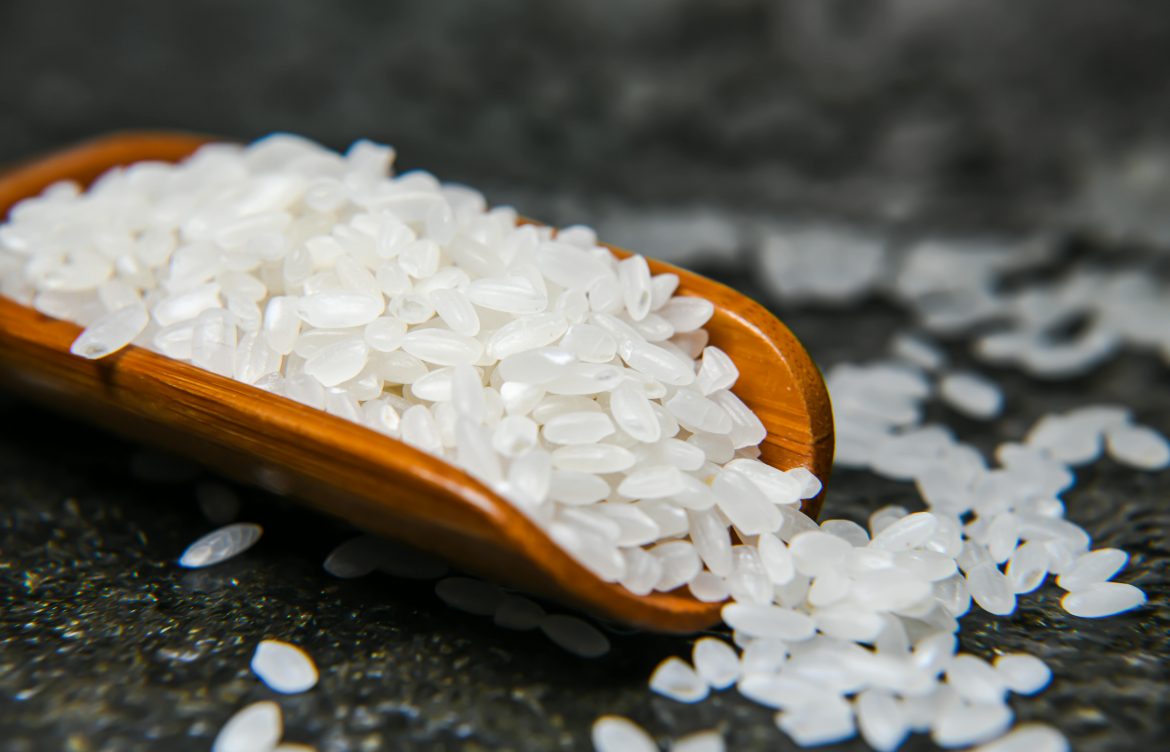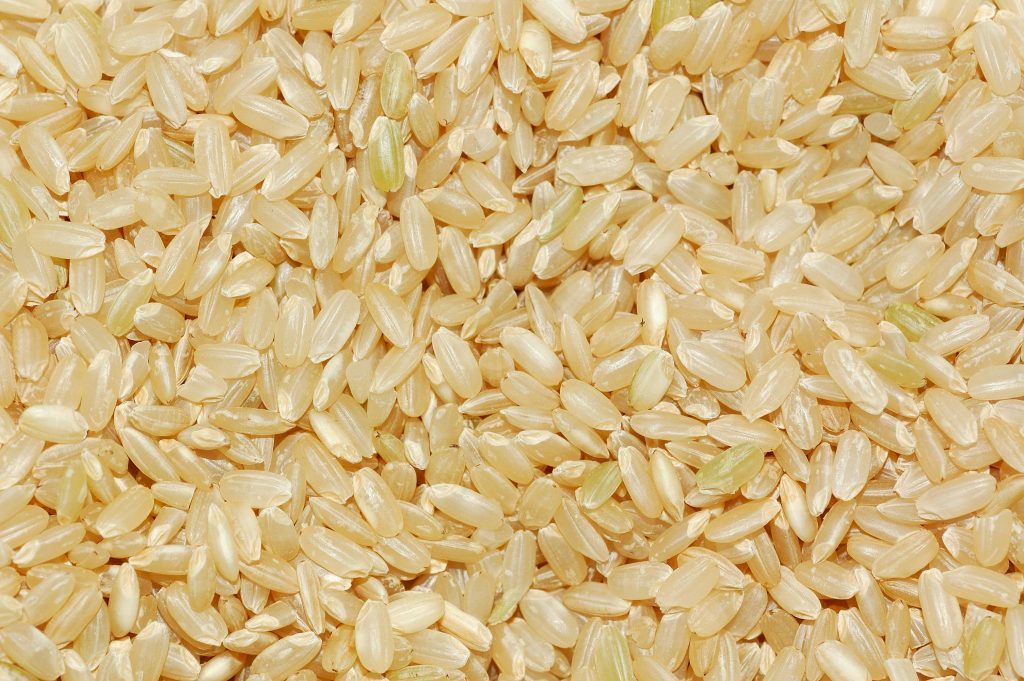
Exploring Healthy Rice Substitutes: A Culinary Adventure
Rice has been a staple in diets around the world for centuries. It’s versatile, affordable, and easy to prepare, making it a go-to ingredient in countless dishes.
However, for those looking to diversify their diet, manage blood sugar levels, or simply explore new culinary horizons, there are plenty of healthy rice substitutes that can offer unique flavors, textures, and nutritional benefits.
Let’s delve into some of the best alternatives to traditional rice and how you can incorporate them into your meals.

Quinoa: The Protein Powerhouse
Quinoa, often referred to as a “superfood,” is a complete protein, meaning it contains all nine essential amino acids. This makes it an excellent choice for vegetarians and vegans. Quinoa is also rich in fiber, magnesium, B vitamins, iron, potassium, calcium, phosphorus, and vitamin E.
How to Use Quinoa:
- Salads: Quinoa adds a delightful crunch to salads. Try it in a Mediterranean salad with cucumbers, tomatoes, olives, and feta cheese.
- Bowls: Create a nourishing bowl with quinoa as the base, topped with grilled vegetables, avocado, and a protein source like chicken or tofu.
- Side Dish: Use quinoa as a side dish for grilled fish or chicken, seasoned with herbs and a squeeze of lemon.
Cauliflower Rice: The Low-Carb Favorite
Cauliflower rice has gained popularity as a low-carb, low-calorie alternative to rice. It’s also a great way to sneak in an extra serving of vegetables. Cauliflower rice is rich in vitamins C, K, and B6, as well as folate and fiber.
How to Use Cauliflower Rice:
- Stir-Fries: Substitute cauliflower rice for regular rice in your favorite stir-fry recipes.
- Casseroles: Use it as a base for casseroles, mixing it with cheese, vegetables, and lean meats.
- Pilafs: Make a cauliflower rice pilaf with nuts, dried fruits, and spices like cumin and coriander.
Barley: The Heart-Healthy Grain
Barley is a whole grain that is high in fiber, particularly beta-glucan, which is known to help reduce cholesterol levels. It also provides a good amount of vitamins and minerals, including selenium, magnesium, and niacin.
How to Use Barley:
- Soups and Stews: Barley adds a chewy texture and nutty flavor to soups and stews. Try it in a classic beef and barley soup.
- Salads: Cooked barley makes a hearty addition to salads, paired with roasted vegetables and a tangy vinaigrette.
- Risottos: Use barley instead of Arborio rice to create a nutritious and creamy barley risotto.
Farro: The Ancient Grain
Farro is an ancient grain that has been enjoyed for thousands of years. It has a nutty flavor and chewy texture, and it’s packed with fiber, protein, magnesium, zinc, and B vitamins.
How to Use Farro:
- Grain Bowls: Combine farro with roasted vegetables, greens, and a drizzle of olive oil for a wholesome grain bowl.
- Side Dish: Serve farro as a side dish, mixed with herbs, lemon zest, and olive oil.
- Stuffed Vegetables: Use farro as a filling for stuffed peppers or tomatoes, along with herbs and cheese.
Lentils: The Nutrient-Dense Legume
Lentils are not only a great source of plant-based protein but also rich in fiber, iron, folate, and manganese. They come in various colors, including green, brown, red, and black, each with a slightly different flavor and texture.
How to Use Lentils:
- Salads: Lentils add a hearty texture to salads. Try them in a warm lentil salad with roasted vegetables and goat cheese.
- Curries and Stews: Lentils are perfect for curries and stews, absorbing the flavors of the spices and ingredients they are cooked with.
- Burgers: Make lentil burgers as a delicious and nutritious alternative to meat patties.
Bulgur: The Quick-Cooking Grain
Bulgur is a form of whole wheat that has been cleaned, parboiled, dried, and ground. It is quick-cooking and has a light, nutty flavor. Bulgur is high in fiber, protein, and various vitamins and minerals, including iron and magnesium.
How to Use Bulgur:
- Tabbouleh: Bulgur is the star ingredient in tabbouleh, a Middle Eastern salad with parsley, tomatoes, mint, and lemon juice.
- Pilafs: Use bulgur to make a pilaf with sautéed onions, garlic, and herbs.
- Breakfast: Cook bulgur with milk or a dairy-free alternative, and top with fruits, nuts, and a drizzle of honey for a nutritious breakfast.
Last Thought…
Switching up your grains can not only introduce you to new flavors and textures but also provide a wider range of nutrients to your diet. These healthy rice substitutes offer various health benefits and can be easily incorporated into your meals.
Whether you’re looking for a low-carb option, a protein-packed alternative, or a heart-healthy grain, there’s a rice substitute out there to meet your needs. So, next time you’re in the kitchen, consider experimenting with one of these delicious and nutritious alternatives to rice. Happy cooking!